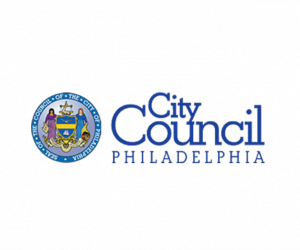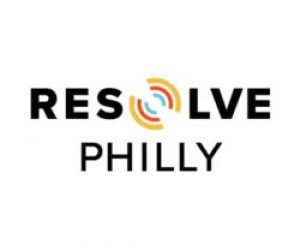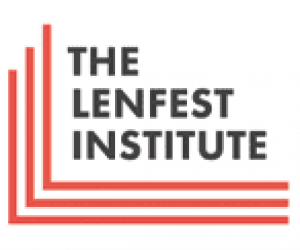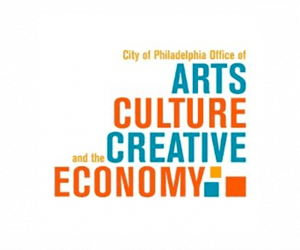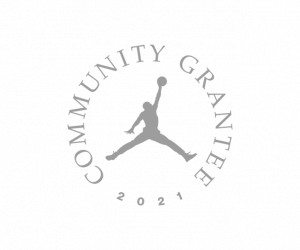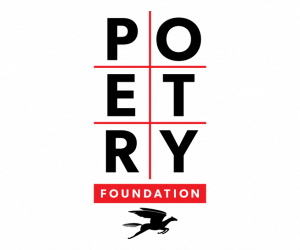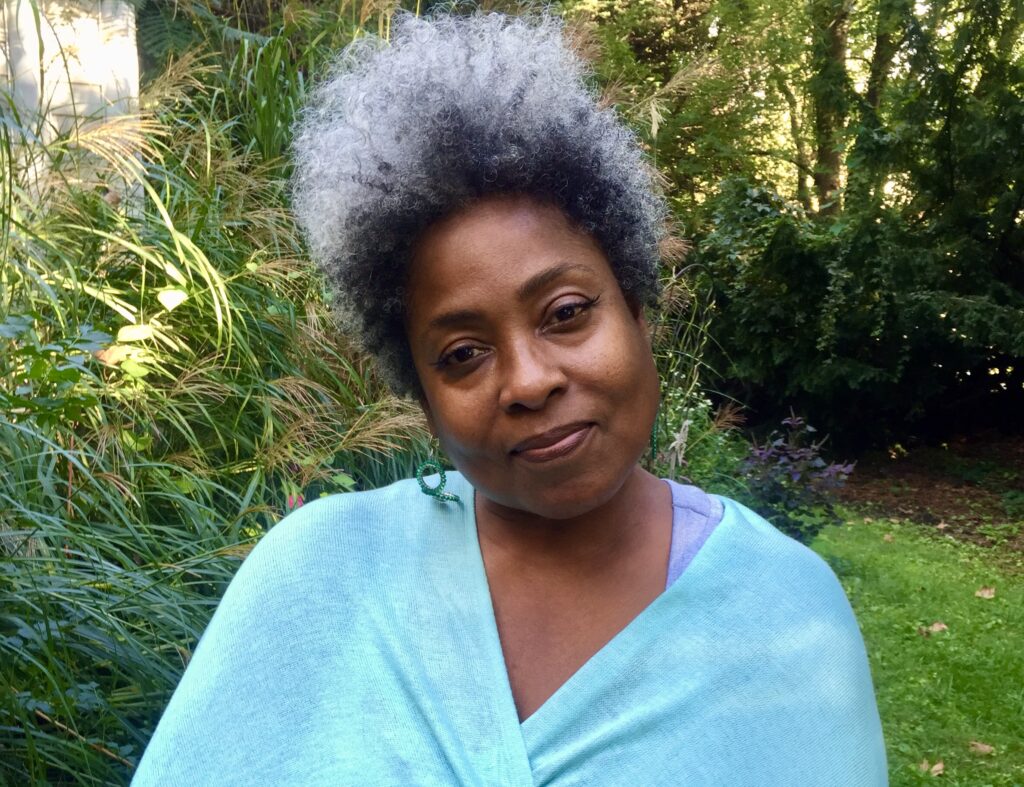
By Kristin Holmes
Pamela Hooks stuck it out in what she describes as the cut-throat world of television and entertainment because she loved telling stories – and because a network of sister-friends sustained her when she felt battered by the industry.
The women supported Hooks as she couch-surfed around Hollywood while working an unpaid internship at Paramount Studios. They encouraged her as she juggled single motherhood and a job at KYW, and when she logged 12 hours a day as a producer on Montel Williams’ talk show.
But when the entertainment job opportunities slowed and Hooks quickly needed a paycheck, she found a mission inside the walls of a prison, enmeshed in issues that had surfaced in her TV storytelling: justice, healing, and peace. But this time, Hooks’ focus was on the incarcerated people she was teaching, and in some ways, on herself.
“I had enough of that stress [working on television talk shows],” said Hooks, of East Oak Lane, “I wanted a more holistic way of working.”
So Hooks took a job in what some may think of as similarly toxic surroundings. But inside the prison – after the iron doors clanked shut and buzzers buzzed – she simply had to teach life skills to people who perhaps hadn’t always made the best choices. And, she needed a job. With that, Hooks embarked on a different path – one that, for a time, brought her a sense of purpose and fulfillment.
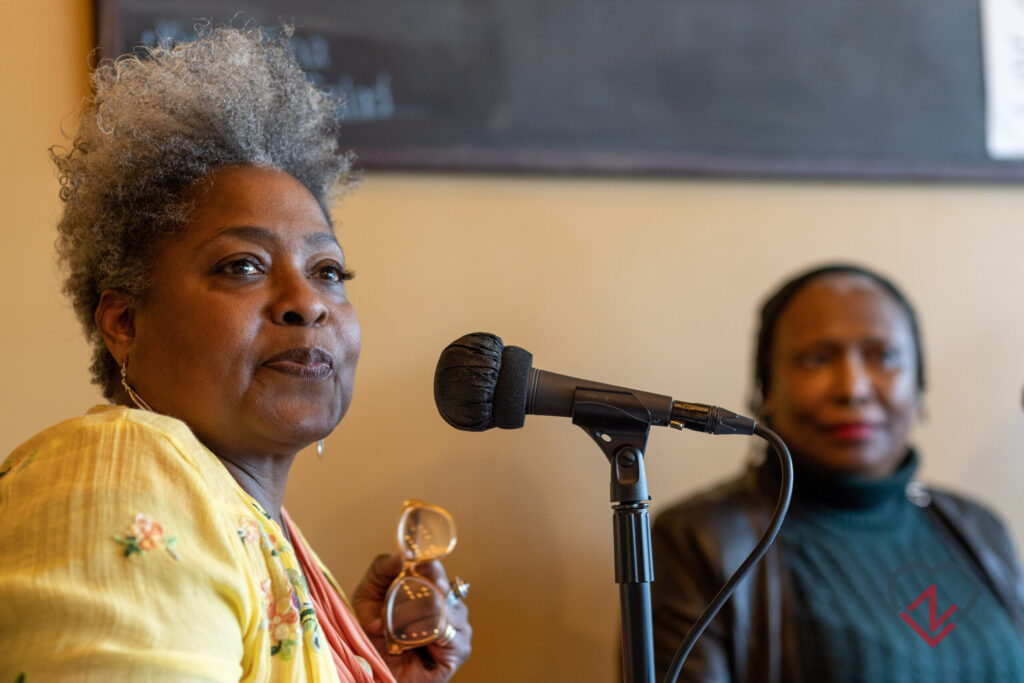
Hooks borrowed from techniques that had worked for her in the past, strategies she used while growing up in a household fraught with conflict. Back then, she danced. Hooks discovered that movement and music brought her joy. So inside the prison walls, she used yoga, mindfulness training, breathing exercises and storytelling to teach social and emotional wellness and workforce readiness.
“I was hoping I could understand people who went to prison and I could help them with these practices. You still got to breathe in prison,” Hooks said. The groups at facilities including the Philadelphia Industrial Correctional Center and Riverside Correctional Facility exercised, stretched, and repeated affirmations. Hooks established what she called “thinking circles” to help her students make decisions. They would sit in a circle and “just be still,” she said. She urged them to “reflect on the past, consider the present and look toward the future.”
In that setting, under Hooks’ supervision, students felt safe enough to reveal their struggles and history. “I was blown away,” Hooks said.
But after eight years serving inside of prisons and earning a certification in positive psychology, Hooks began to feel hemmed in. Program leaders had changed the curriculum. New students didn’t seem as engaged and were struggling through drug use recovery. Additionally, the weight of being patted down every day, coupled with searing stories of loss and abuse people shared began to take its toll.
Again, she made a change. “I wanted to make a move to help people when they are [released],” Hooks said.
In 2021, Hooks brought her skills and experience to Women Working for a Change, a program in Philadelphia that helps women who were formerly incarcerated to re-enter society. The program was started by Dr. Dorothy Johnson-Speight, who co-founded the anti-violence organization Mothers In Charge after her son was killed in 2001.
In 12-week programs, Hooks uses some of the strategies she cultivated behind prison walls to help women who have been released. They learn decision-making and life skills as part of a curriculum that is based on emotional and mental wellness.
“We are delving into the deep wells of listening and kindness. I am in a space of sharing with [them] as we grow together,” Hooks said. As they evolve, the sessions become an opportunity for positive change. “The more I learn about how I can help them, the more I learn about myself and create community with women who are not used to a nurturing [environment],” she said.
Chivon Ford certainly wasn’t used to it. She had approached her 50’s still in a cycle of drug use and prison. After enduring a series of strokes that put her “to sleep” for three months, Ford said, “I was just trying to do anything not to go back [to prison].” When she heard about Women Working for a Change, she quickly signed up.
For 12 weeks, Ford sat amongst a group of a dozen women who were younger than her, listening to – and sharing her own – traumatic stories of time inside prison and outside its walls.
They practiced mindfulness, being quiet and still. They stretched their bodies to release tightness and tension. They role-played everyday situations that might cause stress as a way to practice being calm when others are not. They considered how they could make better decisions.
Of Hooks and her guidance, Ford said, “she showed love in the midst of our breakdowns and meltdowns.”
Ford reflected on her steps toward transformation, “I just don’t let people drag me all over the place – emotionally. Stuff can be going on all around me and I have a certain level of peace. It’s brought me some type of inner peace.”
Thanks to the program, Ford is embarking on a journey towards a long-time goal she has long wanted to pursue: earning a high school diploma. She is also working toward becoming a peer mentor.
That is the kind of progress Hooks hoped for: that the women would gain an understanding of their talents and capabilities, and follow their dreams. “If you know that you have a gift of caring, leadership and kindness, you know how to call on that for positive decision-making,” Hooks said.”
In a way, Hooks is helping to create the kind of sister-friend circle that helped her years ago. The women today share stories of trauma and their determination to overcome it while carving out paths toward triumph.




